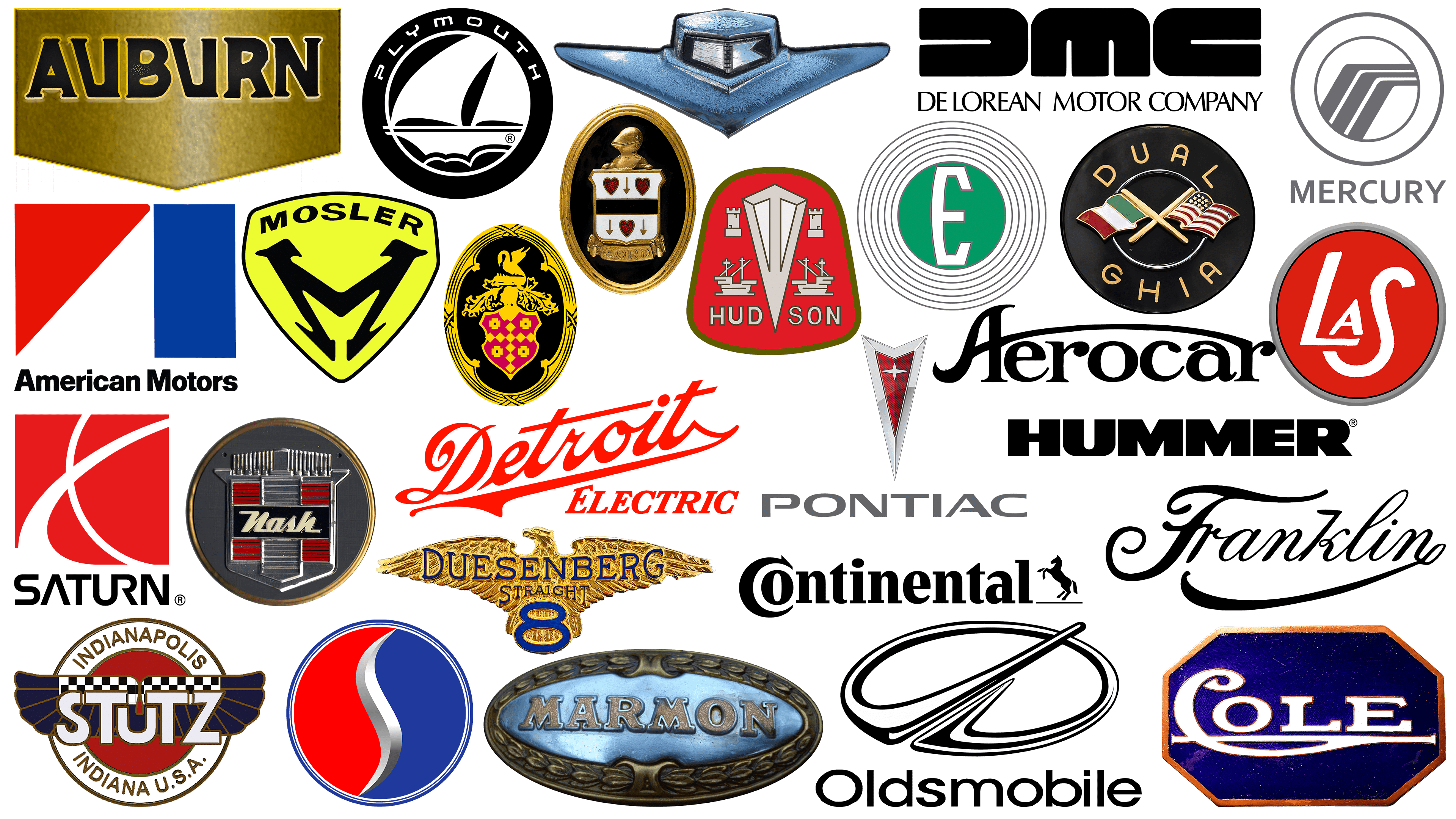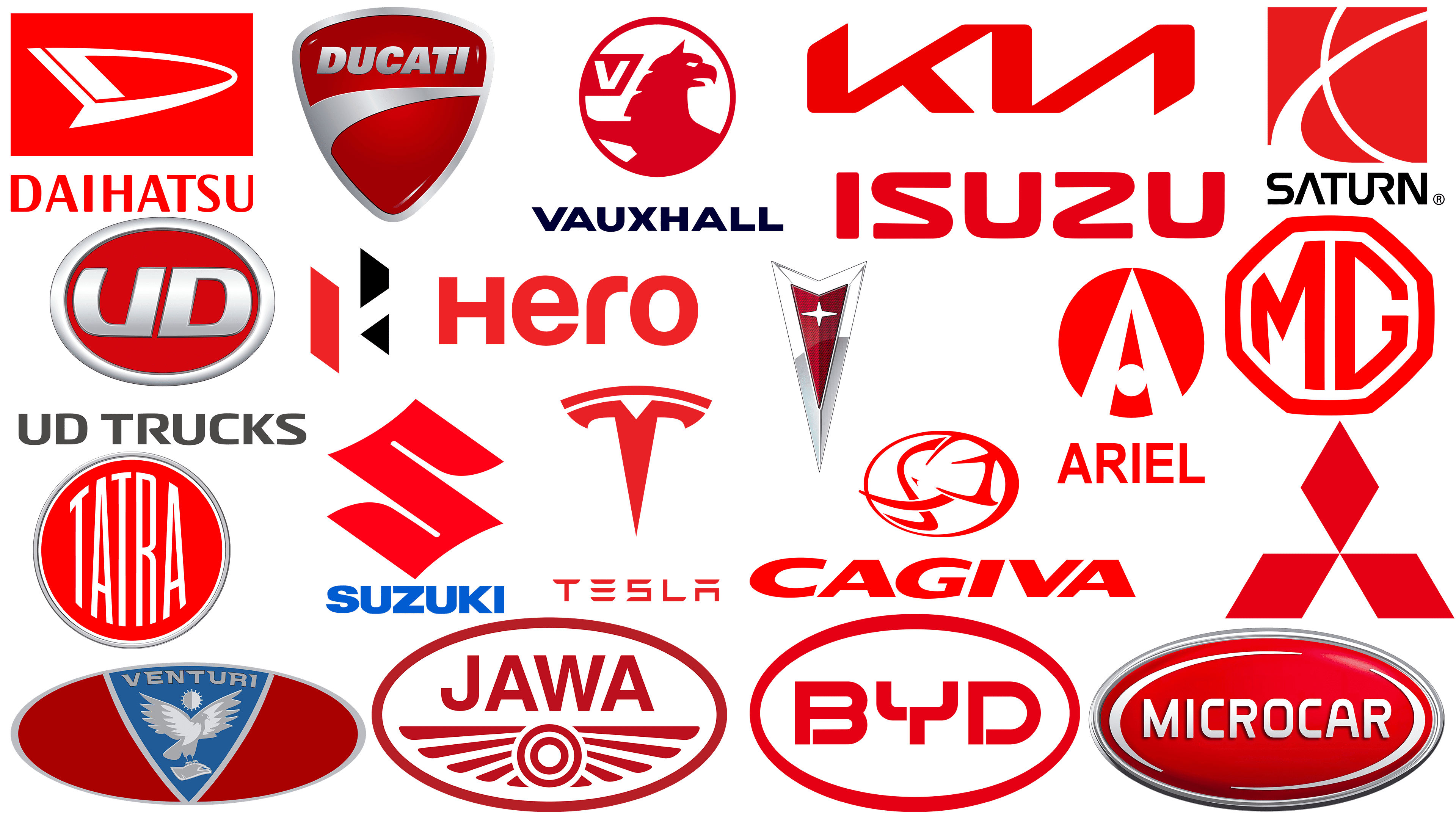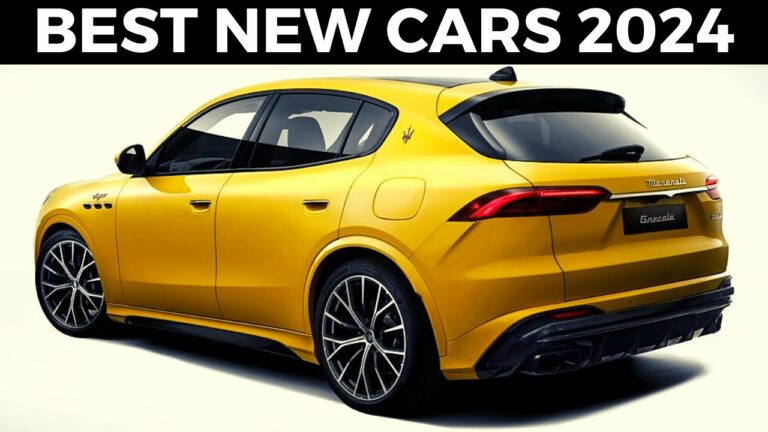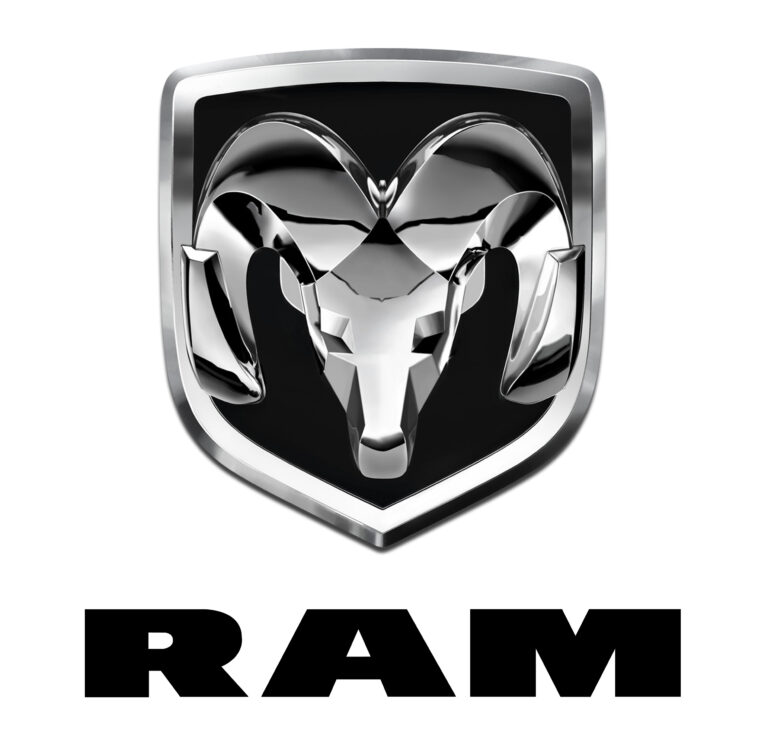Tiny Car Brands: Exploring the World of Niche Automotive Excellence
Tiny Car Brands: Exploring the World of Niche Automotive Excellence cars.truckstrend.com
In an automotive landscape increasingly dominated by global conglomerates and mass-produced vehicles, a fascinating and vibrant counter-culture thrives: the world of "Tiny Car Brands." These aren’t simply small cars in size, but rather small-scale manufacturers, often independent, that operate outside the mainstream, focusing on niche markets, unparalleled craftsmanship, and unique driving experiences. From blistering hypercars crafted for ultimate performance to charming retro-inspired vehicles built for bespoke luxury, tiny car brands represent the pinnacle of automotive passion, innovation, and individuality.
Their importance and relevance lie in their ability to push boundaries, preserve artisanal skills, and offer consumers an alternative to homogenization. They are the laboratories of the automotive world, where passion often trumps profit margins, leading to groundbreaking designs, innovative engineering solutions, and a level of exclusivity simply unattainable from a volume manufacturer. For enthusiasts, collectors, and those seeking a truly unique connection with their vehicle, tiny car brands offer an irresistible allure.
Tiny Car Brands: Exploring the World of Niche Automotive Excellence
What Defines a "Tiny Car Brand"?
The term "Tiny Car Brand" isn’t about the physical dimensions of the vehicles they produce, but rather the scale of their operation. Several key characteristics typically define these niche manufacturers:
- Low Production Volume: Unlike mainstream brands that churn out hundreds of thousands or millions of vehicles annually, tiny car brands often produce dozens, perhaps a few hundred, cars per year. Many are hand-built or produced in extremely limited runs.
- Specialized Focus: They rarely try to be all things to all people. Instead, they hyper-focus on a specific segment: ultra-high performance, lightweight track cars, bespoke luxury, unique electric mobility solutions, or vehicles with a strong heritage aesthetic.
- Independence and Ownership: Many are privately owned, family-run, or small independent companies, allowing for greater agility, creative freedom, and a direct connection between the founders/designers and their customers. This contrasts sharply with brands owned by large automotive groups.
- Unique Design Philosophy: Their vehicles often boast distinctive designs that stand apart from the crowd, reflecting a clear vision and an uncompromised approach to aesthetics and engineering.
- Emphasis on Craftsmanship: With lower volumes, there’s a greater opportunity for meticulous hand-finishing, attention to detail, and the use of bespoke materials, often involving highly skilled artisans.

Examples of such brands include the performance-focused Ariel and Caterham, the classically elegant Morgan, the ultra-exclusive Koenigsegg and Pagani, and innovative electric startups like Riversimple.
The Allure of the Niche: Why Tiny Car Brands Thrive
Despite the immense challenges they face, tiny car brands continue to captivate and thrive, drawing strength from several compelling factors:
Exclusivity and Uniqueness

In a world of increasing standardization, owning a vehicle from a tiny car brand guarantees exclusivity. It’s a statement of individuality, a clear signal that the owner values something rare, handcrafted, and truly special. The limited production numbers mean you’re unlikely to see another one around the corner.
Performance Purity and Engineering Excellence
Many tiny car brands, particularly those focused on sports cars and hypercars, prioritize unadulterated performance. Free from the constraints of mass-market appeal or cost-cutting, they can engineer vehicles for ultimate speed, handling, and driver engagement. This often involves cutting-edge materials like carbon fiber, bespoke engines, and sophisticated aerodynamic solutions.
Craftsmanship and Bespoke Options
The lower volume allows for an emphasis on quality and craftsmanship that large manufacturers simply cannot replicate. Components are often hand-finished, interiors meticulously tailored, and clients can frequently customize their vehicles to an extraordinary degree, creating a truly personal machine. This level of bespoke service is a significant draw.

Innovation and Experimentation
With less bureaucracy and a more agile structure, tiny car brands can be laboratories for innovation. They are often quicker to adopt new technologies, experiment with alternative powertrains (especially electric and hydrogen), and explore unconventional design and manufacturing techniques. This makes them exciting pioneers in the automotive world.
Sustainability Focus
Surprisingly, many tiny car brands, particularly those emerging in the electric vehicle space, are founded on principles of sustainability. They often aim for lighter weight, more efficient designs, and responsible sourcing of materials, offering a greener alternative to traditional automotive consumption.
Community and Passion
Owners of tiny car brands often become part of a close-knit community, sharing a common passion for their unique vehicles. This can lead to exclusive events, direct interaction with the brand’s founders and engineers, and a sense of belonging that transcends mere ownership.
Categories of Tiny Car Brands
While diverse, tiny car brands can generally be grouped into several categories based on their primary focus:
- Bespoke Performance/Hypercars: These brands create ultra-exclusive, incredibly powerful, and often astronomically priced vehicles designed for ultimate speed and luxury. Examples include Koenigsegg (Sweden), Pagani (Italy), and SSC North America.
- Lightweight/Track-Focused Sports Cars: Prioritizing agility, raw driving experience, and minimalist design, these cars are often road-legal but excel on the track. Brands like Ariel (UK), Caterham (UK), and BAC (Briggs Automotive Company, UK) fall into this category.
- Heritage/Classic Revival Brands: These manufacturers often draw heavily on historical designs or maintain traditional manufacturing techniques, offering a nostalgic yet modern driving experience. Morgan (UK) is a prime example, known for its timeless designs and wooden frames.
- Electric Micro-Mobility/Urban Niche: Emerging alongside the shift to electrification, these brands focus on compact, efficient, and often quirky electric vehicles designed for urban environments or specific utility. Examples include Microlino (Switzerland) and Uniti (Sweden, though faced challenges).
- Ultra-Luxury/Coachbuilt Specialists: While some larger luxury brands offer bespoke programs, smaller independent coachbuilders or tiny brands may specialize in creating highly customized, opulent vehicles often based on existing platforms but with completely redesigned bodies and interiors.
Challenges Faced by Tiny Car Brands
Despite their allure, tiny car brands navigate a treacherous landscape fraught with significant challenges:
- Funding and Capital: Developing a new vehicle, even in small numbers, requires immense capital for R&D, tooling, and manufacturing. Attracting investors can be difficult given the niche market and limited scalability.
- Regulatory Hurdles: Meeting global safety, emissions, and homologation standards (e.g., crash testing, environmental regulations) is incredibly expensive and complex, often disproportionately burdening small manufacturers.
- Production Scalability: Transitioning from hand-built prototypes to consistent, small-series production requires significant investment in processes, quality control, and skilled labor.
- Distribution and Service Networks: Establishing a global sales and service network is crucial but incredibly costly. Tiny brands often rely on a few specialized dealers or direct sales, making after-sales support a potential hurdle for owners.
- Marketing and Brand Awareness: Competing for attention against multi-billion-dollar marketing budgets of established giants is a constant battle. Word-of-mouth and enthusiast media are often their primary channels.
- Market Volatility: Niche markets are particularly susceptible to economic downturns. Luxury and recreational purchases are often the first to be cut during recessions.
- Supply Chain Resilience: Their small scale can make them vulnerable to supply chain disruptions, as they often lack the leverage of larger buyers with component suppliers.
How to Engage with Tiny Car Brands: Practical Advice and Actionable Insights
For those considering the unique experience of owning a vehicle from a tiny car brand, here’s some practical advice:
- Research Thoroughly: Dive deep into the brand’s history, philosophy, engineering approach, and owner feedback. Understand their long-term vision and financial stability.
- Visit Showrooms/Factories (if possible): If the brand offers factory tours or has a physical showroom, take the opportunity. Seeing the craftsmanship firsthand and speaking directly with representatives can be incredibly insightful.
- Join Owner Communities: Online forums, social media groups, and owner clubs are invaluable resources. Current owners can provide candid insights into reliability, maintenance costs, driving experience, and after-sales support.
- Understand Resale Value and Maintenance: Unlike mainstream cars, resale values can be highly variable. Some rare models appreciate, while others may be harder to sell. Be prepared for potentially specialized maintenance and parts sourcing, which might require sending the car back to the factory or to a highly specialized independent mechanic.
- Consider the Purpose: Are you buying a track toy, a weekend cruiser, or an urban commuter? Tiny car brands often excel at one specific purpose, so ensure it aligns with your needs.
- Test Drive Extensively: These cars offer unique driving dynamics. A thorough test drive is crucial to ensure the vehicle’s character, ergonomics, and performance meet your expectations. They are often raw and visceral, which might not suit everyone for extended periods.
- Be Patient: Given their limited production, there might be significant waiting lists for new models, and customization can add further lead time.
- Budget for More Than Just the Purchase Price: Factor in specialized insurance, potentially higher shipping costs (if importing), and the aforementioned maintenance considerations.
Representative Pricing for Selected Tiny Car Brands
It’s impossible to provide "complete" pricing information for all tiny car brands as prices vary wildly by model, customization, region, and exchange rates. However, here’s a representative table showing approximate starting prices for a few well-known examples to give an idea of the range:
| Brand/Model | Type | Approximate Starting Price (USD) | Key Differentiator/Note |
|---|---|---|---|
| Ariel Atom | Lightweight Track-Focused | $80,000 – $120,000+ | Exposed exoskeleton, extreme performance, road legal |
| Caterham Seven | Classic Lightweight Sports | $35,000 – $100,000+ | Iconic design, kit car options, pure driving experience |
| Morgan Plus Four | Heritage Sports Car | $75,000 – $90,000+ | Hand-built, traditional craftsmanship, modern powertrain |
| BAC Mono | Single-Seater Track Supercar | $250,000 – $300,000+ | Road-legal single-seater, F1-inspired performance |
| Koenigsegg Jesko | Hypercar | $3,000,000 – $3,500,000+ | Megacar status, extreme power, limited production, bespoke |
Note: Prices are highly approximate, subject to change, vary by region, and do not include options, taxes, or delivery charges. Many tiny car brands offer extensive customization, which can significantly increase the final price.
Frequently Asked Questions (FAQ)
Q1: Are tiny car brands reliable?
A1: Reliability can vary significantly. While some, like Morgan, have a long-standing reputation, others, especially new startups, might face initial teething problems. Many components are sourced from larger, reputable suppliers (e.g., engines from Ford or Honda), which aids reliability. However, the bespoke nature means issues can be more complex to diagnose and fix. Researching specific models and owner feedback is crucial.
Q2: Are they expensive to maintain?
A2: Generally, yes. While some might use common donor components, specialized parts are often hand-made or sourced from niche suppliers, making them expensive and potentially difficult to acquire quickly. Labor costs can also be higher due to the specialized skills required.
Q3: Can I use them as daily drivers?
A3: It depends entirely on the brand and model. A Morgan might be a charming daily driver for some, but an Ariel Atom or BAC Mono is definitely not designed for daily commuting. Many are raw, lack modern conveniences, and offer minimal practicality. They are often best suited as weekend cars or track toys.
Q4: How do I buy a car from a tiny car brand?
A4: Most tiny car brands sell directly from their factory or through a very limited network of specialized dealers. You might need to place a deposit and wait for your car to be built. Some, particularly kit car manufacturers like Caterham, allow you to assemble the car yourself.
Q5: Are tiny cars safe?
A5: This is a critical consideration. While all road-legal vehicles must meet certain safety standards in their respective markets, tiny car brands often operate under different regulations than mass-produced cars, especially if they are low-volume or "kit car" certified. They might lack advanced driver-assistance systems (ADAS) or the extensive crash structures of modern mainstream vehicles. Always research the specific model’s safety credentials and crash test ratings (if available).
Q6: Do tiny car brands hold their value?
A6: It’s a mixed bag. Ultra-exclusive hypercars from brands like Koenigsegg or Pagani can appreciate significantly due to their rarity and demand. Established heritage brands like Morgan often hold their value well. However, for less established brands or those that don’t capture collector interest, depreciation can be significant, similar to any other vehicle. Rarity doesn’t always equal high resale value.
Conclusion
Tiny car brands represent a vital, passionate, and innovative corner of the automotive world. They are the antithesis of mass production, offering exclusivity, unparalleled craftsmanship, and often a purer, more engaging driving experience. While they face formidable challenges in funding, regulation, and scalability, their enduring appeal lies in their ability to offer something truly unique, something that speaks directly to the heart of automotive enthusiasm. For those willing to look beyond the mainstream and embrace the bespoke, the raw, and the exquisitely crafted, the world of tiny car brands offers an endlessly fascinating journey into automotive excellence. They remind us that the spirit of innovation and the pursuit of passion can still thrive, even in the shadow of automotive giants.




